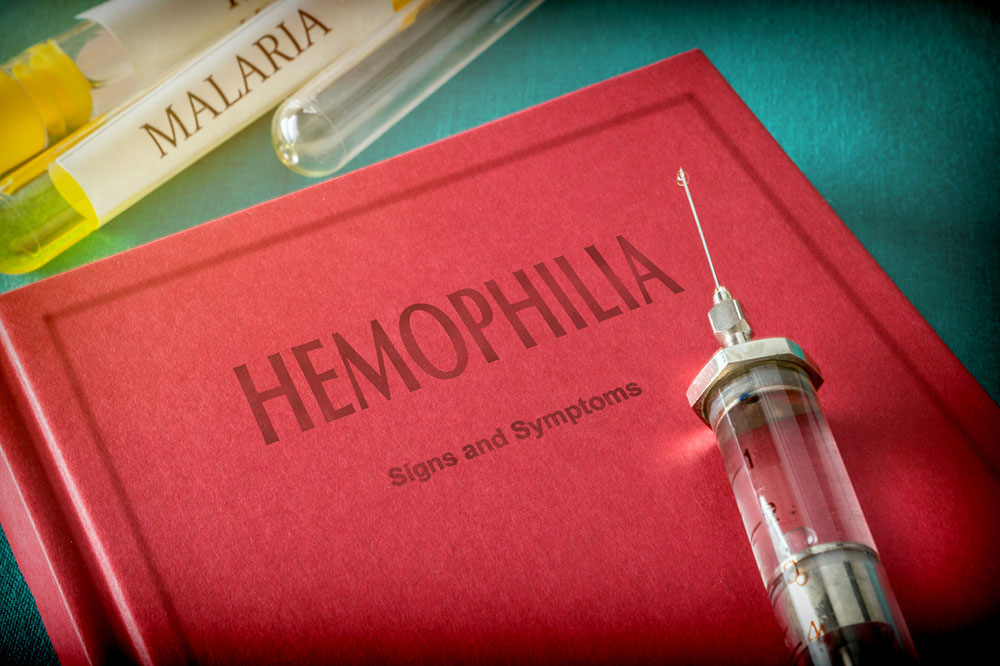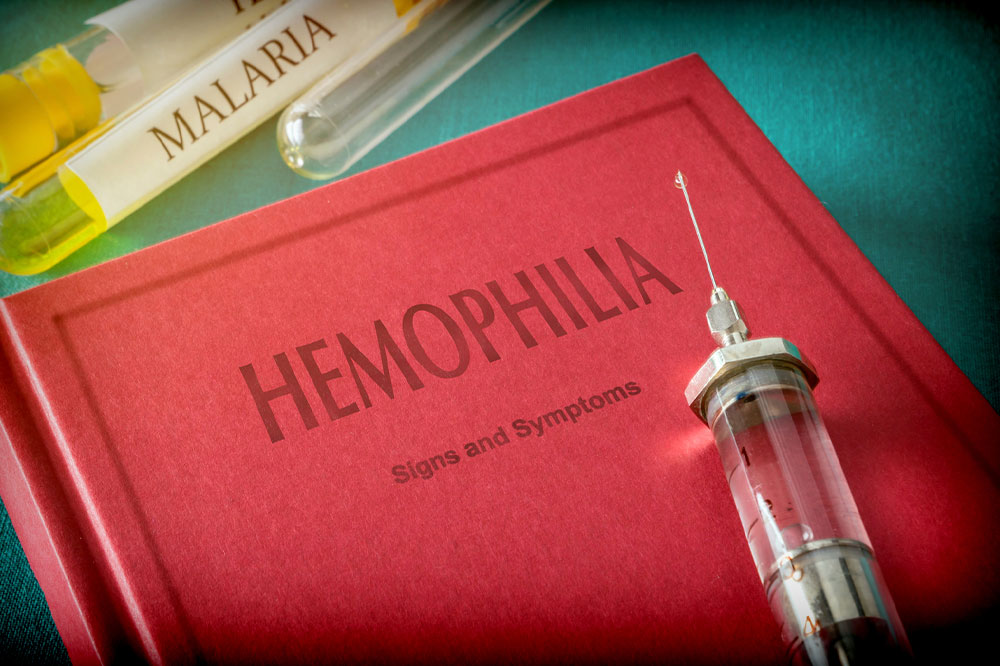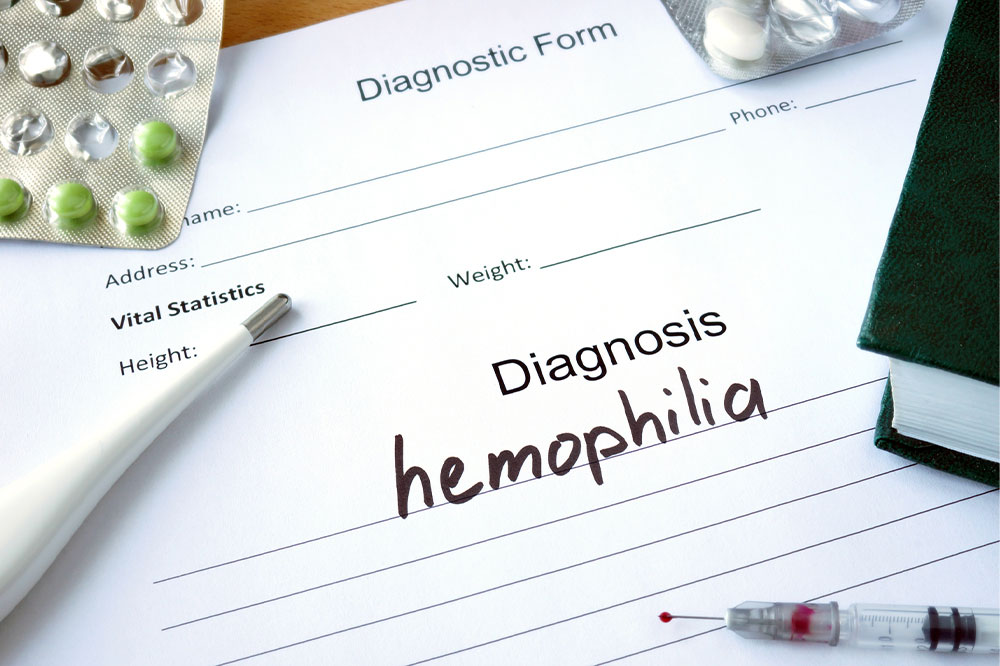Understanding Hemophilia A and B: Causes, Symptoms, and Risks
This article explores Hemophilia A and B, highlighting their genetic origins, key symptoms like bleeding and bruising, and critical health risks including internal and brain bleeding. Understanding these conditions aids early diagnosis and management to reduce severe complications.
Sponsored

Hemophilia is a critical inherited blood disorder that impairs the body's ability to clot blood properly, leading to prolonged bleeding. Even minor injuries can result in excessive bleeding internally or externally for individuals with this condition. Those affected often experience intense and extended bruising.
This disorder is genetic, typically inherited from mother to son, or resulting from a spontaneous gene mutation before birth. While mostly seen in males, females can carry the gene and sometimes display symptoms.
Both forms involve deficiencies in specific proteins essential for blood clotting:
Hemophilia A involves a deficiency in clotting factor VIII (8)
Hemophilia B is caused by a lack of clotting factor IX (9)
Most cases of hemophilia A and B are present at birth and typically diagnosed during childhood. Hemophilia A is more prevalent, affecting about 1 in 10,000 males, while hemophilia B is rarer, impacting roughly 1 in 50,000 individuals.
Key symptoms for both include:
Unusual bruising
Excessive and persistent bruising after minor impacts.
Uncontrolled bleeding
Continuous bleeding from small cuts, injuries, or after surgeries that may start and stop repeatedly.
Blood in stool or urine
Presence of blood within stool or urine samples.
Sporadic nosebleeds
Sudden and unexplained nosebleeds without prior injury.
Internal bleeding symptoms
Swelling, pain, or bruising in muscles after minor injury, indicating internal bleeding that requires urgent care.
Bleeding in the brain
Minor head bumps can cause brain bleeding, which is life-threatening. Symptoms include neck stiffness, headache, vomiting, difficulty walking, weakness, and fatigue. Emergency medical attention is crucial in such cases.






